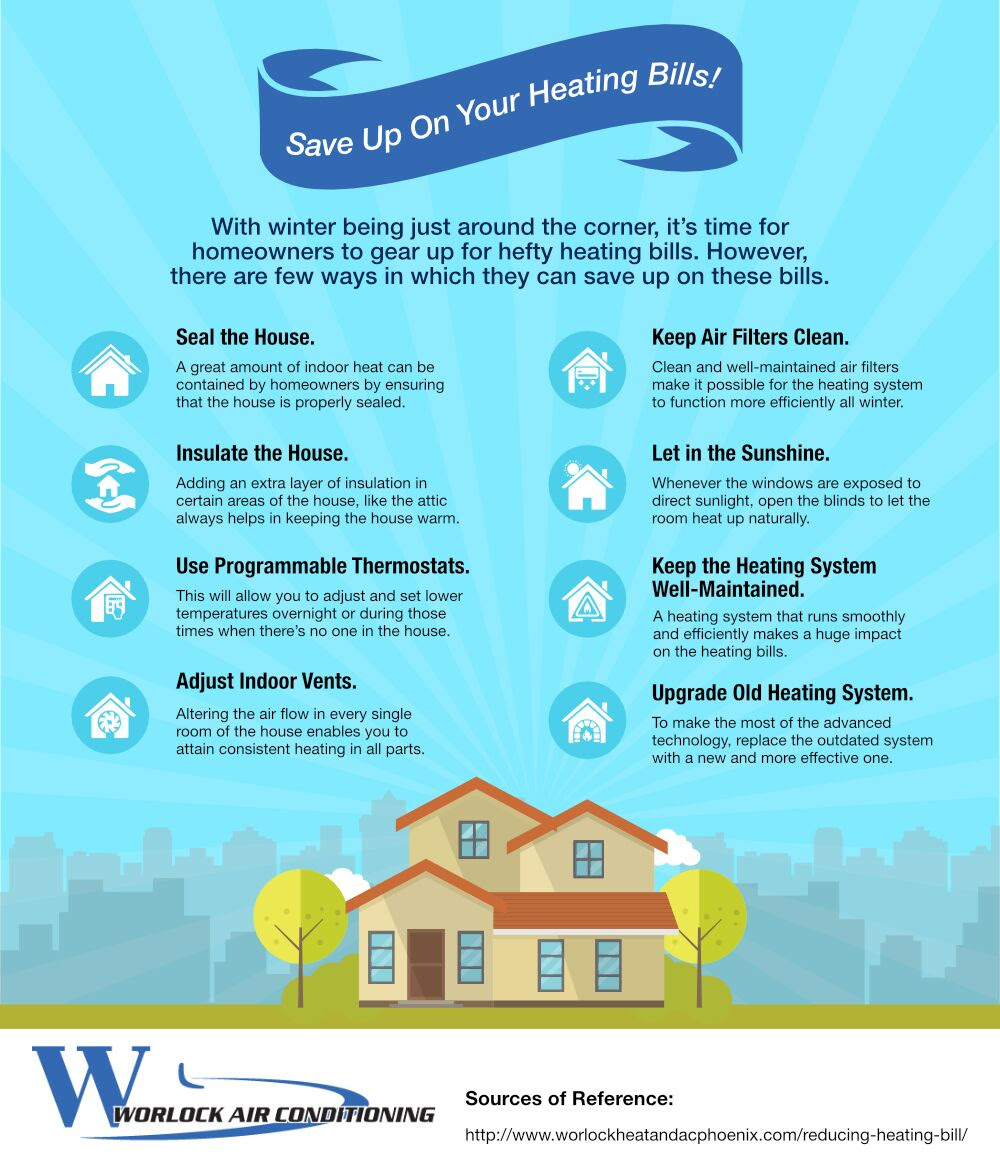Discover The Vital Approaches To Enhance The Efficiency And Lifespan Of Your Heatpump System By Staying Clear Of Typical Installation Errors
Discover The Vital Approaches To Enhance The Efficiency And Lifespan Of Your Heatpump System By Staying Clear Of Typical Installation Errors
Blog Article
Write-Up Created By-Vind Rankin
When installing a heatpump, you should avoid common errors that could endanger its performance. Forgeting appropriate sizing may result in inefficiencies and higher utility prices. Ignoring insulation and sealing can cause energy wastefulness and stress on the unit. In addition, placing the outside device incorrectly may impact its performance. By avoiding these errors, you can make certain ideal working and resilience of your heat pump system.
Improper Sizing of Heatpump
When it comes to the setup of heatpump, one of one of the most common mistakes is improperly sizing the unit for your room. Ensuring the best size is crucial for optimal performance. If the heat pump is also small, it will have a hard time to warmth or cool your room effectively, leading to increased power expenses and possible damage on the unit.
On the other hand, if the heatpump is too huge, it will certainly cycle on and off frequently, causing temperature changes and reducing its lifespan.
To avoid https://www.achrnews.com/articles/143765-google-my-business-makes-digital-marketing-easier , it's important to have an expert analyze your space and recommend the appropriate dimension of the heatpump based upon aspects like square video footage, insulation, ceiling height, and neighborhood climate. By investing the moment and effort to guarantee the proper sizing, you can take pleasure in a comfy atmosphere while maximizing energy effectiveness and extending the life expectancy of your heat pump.
Inadequate Insulation and Sealing
To make certain the efficient operation of your heat pump, it's critical to address insufficient insulation and sealing in your area. Proper insulation helps keep a constant temperature level indoors, minimizing the work on your heat pump. airconditioning unit can lead to power loss, making your heatpump work harder and much less efficiently.
Sealing any type of spaces or leaks in your room is just as vital. These spaces allow conditioned air to get away and outside air to seep in, forcing your heat pump to compensate for the temperature fluctuations.
Inaccurate Positioning of Outdoor Device
Attending to the positioning of your heatpump's outdoor system is crucial to enhancing its performance. Mounting the outside device in an incorrect place can bring about effectiveness issues and possible damages to the device.
One common mistake to stay clear of is putting the outside unit also close to a wall surface or various other frameworks. This can limit air movement, causing the system to work more difficult to warmth or cool your room, inevitably decreasing its performance and lifespan.
One more error to stay away from is placing the outdoor unit in direct sunshine. While some sunlight is unavoidable, excessive direct exposure can cause getting too hot, specifically during warm summer days. It's best to place the outside device in a shaded location to assist maintain its optimal operating temperature.
Moreover, ensure that the outdoor device is placed on a secure and level surface. Uneven ground can trigger vibrations and unnecessary stress on the device, affecting its performance in time.
Final thought
In conclusion, staying clear of common mistakes throughout heat pump installment is vital for maximizing efficiency and long life of your system. By making ac installation sizing, sufficient insulation, sealing, and right placement of the outdoor system, you can avoid issues such as inefficiencies, enhanced power expenses, and strain on the unit. Taking the time to resolve these key variables will eventually conserve you time and money in the long run.
